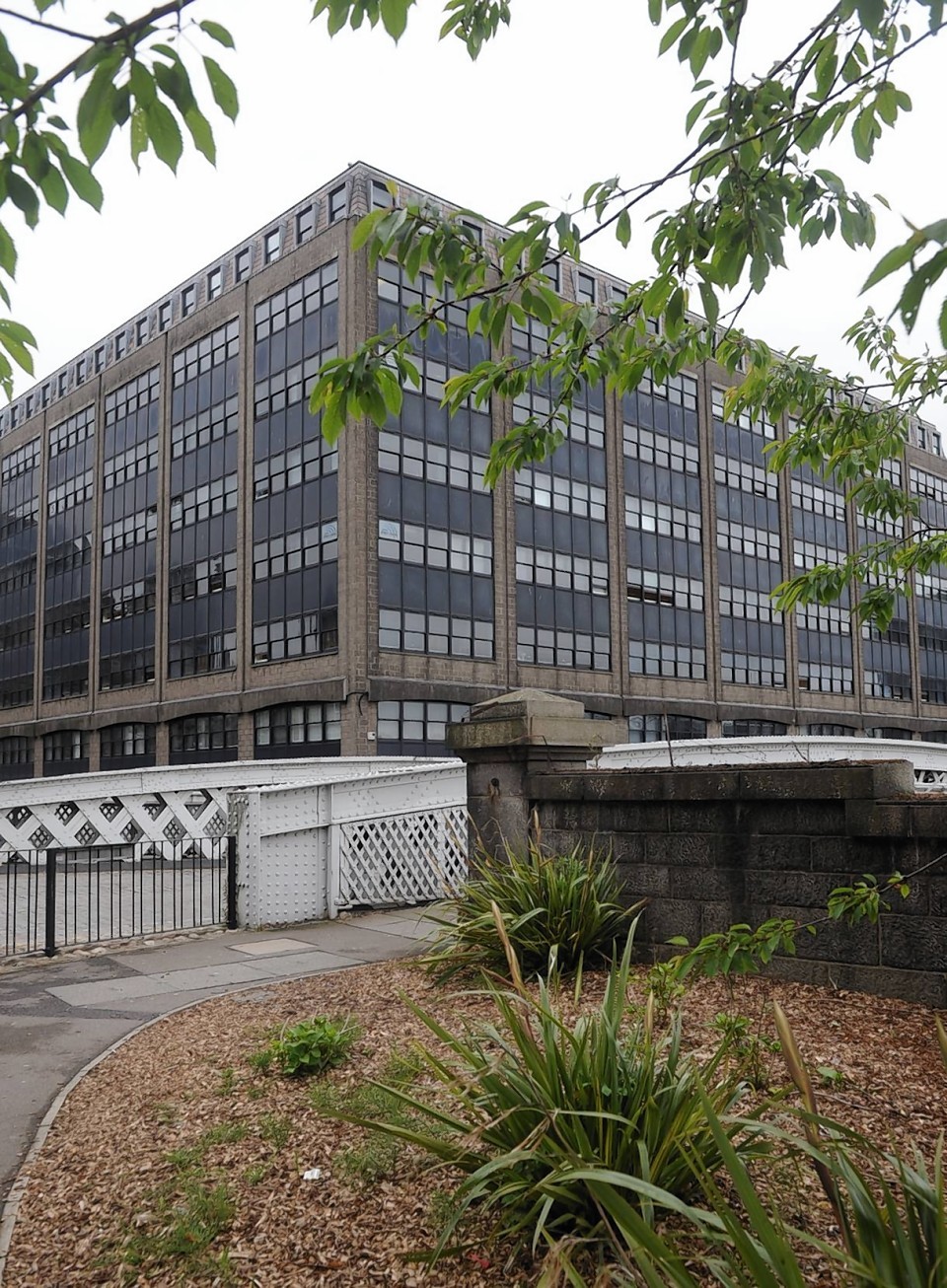A pressure group has called for Scotland’s budget to be cut by £4.4billion and the UK energy department to be scrapped.
The Taxpayers Alliance (TPA) made the proposal amid claims that ministers will need to slash £50billion a year from public spending by the end of the decade.
In a new report, the group said that the Barnett funding formula “cannot possibly survive” and the Scottish Government’s block grant should be reduced to reflect its “relative prosperity compared to Wales”.
A further £7.4billion could be saved by abolishing three Whitehall departments – energy and climate change, business, innovation and skills, and culture, media and sport.
Other ideas included freezing benefits for two years to save £1.9billion, scrapping national pay bargaining in the public sector to claw back £5.8billion, and means testing winter fuel payments, worth £1.4billion.
With a week to go to Chancellor George Osborne’s last Budget before the election, the TPA urged all the main parties to “come clean” about the scale of belt-tightening to come.
Labour claims Mr Osborne would need to slash £70billion from government spending to hit his target of running a surplus by the end of the next parliament, while Conservatives insist that their plans can be achieved with reductions of around £30 billion.
TPA chief executive Jonathan Isaby said: “The politicians seeking our votes owe it to all taxpayers to come clean about what spending the country can and cannot afford.
“This candour has so far been noticeably absent in the election campaign, with politicians failing to acknowledge the dire state of the public finances and instead clambering to make additional spending pledges.
“Our spending plan honestly sets out the savings that need to be made by whichever party or parties take power after the election.
“Today we challenge our political leaders to accept our plan or to produce a similarly rigorous set of proposals of their own which explain where it is that they would reduce spending.”
